Home>Gardening & Outdoor>Landscaping Ideas>How To Get Rid Of Mold On Grass


Landscaping Ideas
How To Get Rid Of Mold On Grass
Published: January 29, 2024
Learn effective landscaping ideas to get rid of mold on grass and improve the health of your lawn. Discover expert tips and solutions for a mold-free outdoor space.
(Many of the links in this article redirect to a specific reviewed product. Your purchase of these products through affiliate links helps to generate commission for Storables.com, at no extra cost. Learn more)
Introduction
Welcome to the ultimate guide on tackling the pesky problem of mold on grass. As a proud homeowner, you understand the importance of maintaining a lush, green lawn that serves as the envy of the neighborhood. However, the presence of mold can quickly turn this idyllic scene into a worrisome eyesore. Fear not, as this comprehensive guide is designed to equip you with the knowledge and strategies needed to combat mold and restore your grass to its former glory.
Mold on grass is a common issue that can arise due to various environmental factors, including excessive moisture, poor drainage, and compacted soil. Left unchecked, mold can not only detract from the aesthetic appeal of your lawn but also pose potential risks to the health of your grass. Fortunately, with the right approach, you can effectively address this problem and prevent its recurrence, ensuring a vibrant and resilient lawn that you can take pride in.
Throughout this guide, we will delve into the intricacies of mold on grass, exploring its causes, prevention methods, and treatment options. By gaining a deeper understanding of this issue and arming yourself with practical solutions, you will be well-equipped to safeguard your lawn against the detrimental effects of mold. So, let's embark on this journey together and reclaim the beauty of your grassy haven.
Key Takeaways:
- Combat mold on grass by improving drainage, promoting air circulation, and maintaining proper lawn care. Swift action and targeted treatments can restore your lush, vibrant lawn.
- Prevent mold on grass with proactive measures like proper lawn maintenance, improving drainage, and promoting air circulation. Swift intervention and targeted treatments can rejuvenate your grassy haven.
Read more: How To Get Rid Of Mold In Toilet
Understanding Mold on Grass
Before delving into the eradication of mold on grass, it’s essential to grasp the nature of this unwelcome intruder. Mold on grass typically manifests as a fuzzy, discolored growth that spreads across the surface of the lawn. This unsightly presence is commonly attributed to fungal organisms, such as snow mold, dollar spot, or fusarium patch, which thrive in damp and cool conditions.
When left unchecked, mold can impede the healthy growth of grass, inhibiting photosynthesis and nutrient absorption. Additionally, it can create a dense mat that suffocates the underlying grass, leading to browning and decay. Furthermore, the presence of mold can compromise the overall resilience of the lawn, making it more susceptible to diseases and environmental stressors.
Understanding the characteristics and behavior of mold on grass is pivotal in formulating an effective approach to its elimination. By recognizing the signs of mold infestation and discerning its impact on the grass, you can tailor your preventive and remedial measures to suit the specific needs of your lawn. Armed with this knowledge, you will be better equipped to combat mold and restore the vitality of your grass.
Identifying the Causes of Mold on Grass
Unraveling the underlying causes of mold on grass is crucial in devising a comprehensive strategy to combat this issue. Several factors can contribute to the development of mold, and understanding these triggers is instrumental in implementing effective preventive measures. Here are some common causes of mold on grass:
- Excessive Moisture: Prolonged periods of moisture, such as heavy rainfall or overwatering, create an environment conducive to mold growth. Poor drainage and waterlogged soil exacerbate this issue, fostering the ideal conditions for mold to thrive.
- Compact Soil: Compacted soil restricts the movement of air, water, and nutrients within the lawn, impeding proper root development and creating a hospitable environment for mold infestation.
- Thatch Buildup: Accumulation of thatch, a layer of dead grass and organic debris, provides a breeding ground for mold and other pathogens, hindering the healthy growth of the grass.
- Low Air Circulation: Inadequate air circulation within the lawn, often exacerbated by dense vegetation or obstructed areas, can promote moisture retention and create favorable conditions for mold proliferation.
- Shaded Areas: Areas of the lawn that receive minimal sunlight are more prone to mold growth, as the lack of sunlight impedes the evaporation of moisture, fostering a damp environment.
By identifying these culprits, you can take proactive measures to address the root causes of mold on grass, mitigating the risk of infestation and fostering a healthier lawn environment. Furthermore, recognizing these triggers empowers you to implement targeted solutions that address the specific vulnerabilities of your lawn, paving the way for long-term mold prevention.
To get rid of mold on grass, improve drainage by aerating the soil, reducing shade, and avoiding overwatering. Additionally, applying a fungicide can help control the mold growth.
Prevention Methods
Preventing mold on grass entails a proactive approach aimed at creating an inhospitable environment for mold growth while promoting the overall health and resilience of the lawn. By implementing the following preventive measures, you can fortify your lawn against mold infestation and foster optimal growing conditions for lush, vibrant grass:
- Proper Lawn Maintenance: Regular mowing, aeration, and dethatching contribute to a healthy lawn and reduce the risk of mold development. Maintaining an optimal grass height and addressing thatch buildup are crucial in preventing mold infestation.
- Improving Drainage: Enhancing the drainage capacity of the soil through techniques such as core aeration, soil amendment, and the installation of French drains mitigates waterlogging and minimizes the risk of mold proliferation.
- Promoting Air Circulation: Pruning overhanging branches, thinning dense vegetation, and strategically placing lawn ornaments to facilitate air movement can mitigate moisture retention and inhibit mold growth.
- Optimizing Irrigation Practices: Implementing a proper watering schedule, preferably in the morning to allow for optimal drying, and avoiding overwatering helps maintain an ideal moisture balance that deters mold formation.
- Minimizing Shade: Trimming trees and shrubs to reduce shade, repositioning structures that obstruct sunlight, and selectively planting shade-tolerant grass varieties can mitigate the damp, shaded conditions that foster mold.
- Promoting Soil Health: Nourishing the soil with organic matter, employing proper fertilization practices, and conducting soil tests to address nutrient deficiencies contribute to the vigor and disease resistance of the grass, reducing its susceptibility to mold.
By integrating these preventive measures into your lawn care regimen, you can create an environment that discourages mold growth while fostering the flourishing of resilient, healthy grass. Proactive maintenance and strategic interventions serve as the cornerstone of mold prevention, ensuring that your lawn remains a vibrant and inviting centerpiece of your home.
Treatment Options
When confronted with the presence of mold on your grass, swift and targeted action is essential to mitigate its impact and restore the health of your lawn. Several treatment options can effectively address mold infestation, facilitating the rejuvenation of your grassy expanse. Consider the following strategies for combating mold on grass:
- Fungicidal Treatments: Application of fungicides specifically formulated to combat lawn mold can be an effective method of eradicating existing infestations and preventing their recurrence. Selecting a fungicide that targets the specific type of mold affecting your lawn is crucial for optimal results.
- Aeration and Dethatching: Aerating the soil and dethatching the lawn can improve air circulation, reduce moisture retention, and create an environment less conducive to mold growth. These practices also promote the overall health and vigor of the grass.
- Overseeding: Introducing new grass seed to the affected areas can help replenish the lawn, filling in bare patches and revitalizing the grass while minimizing the opportunity for mold to take hold.
- Improving Drainage: Addressing drainage issues through soil amendment, installation of drainage systems, or regrading can mitigate waterlogging and reduce the risk of mold proliferation.
- Pruning and Thinning: Trimming overhanging branches, thinning dense vegetation, and selectively pruning to promote sunlight penetration and air circulation can inhibit mold growth in shaded and obstructed areas.
- Soil Health Enhancement: Nourishing the soil with organic matter, addressing nutrient deficiencies, and employing proper fertilization practices can bolster the grass’s resilience and reduce its susceptibility to mold infestation.
By combining these treatment options with diligent lawn maintenance practices, you can effectively combat mold on grass and restore the vitality of your lawn. Swift intervention, coupled with targeted remedial measures, is key to reclaiming the lush, vibrant expanse that you take pride in.
Read more: How To Get Rid Of Mold On Brick
Conclusion
As we conclude this comprehensive guide on addressing mold on grass, it’s evident that a proactive and holistic approach is essential in safeguarding the health and beauty of your lawn. By understanding the nature of mold, identifying its causes, and implementing preventive measures, you can create an environment that discourages mold growth while promoting the resilience of your grass.
Preventive strategies, such as proper lawn maintenance, drainage improvement, and promoting air circulation, serve as the first line of defense against mold infestation. By integrating these measures into your lawn care routine, you can fortify your grass against the detrimental effects of mold, ensuring a lush and vibrant expanse that enhances the aesthetic appeal of your home.
Should mold take root in your lawn, swift and targeted treatment options, including fungicidal treatments, aeration, overseeding, and soil health enhancement, can effectively combat the infestation and facilitate the rejuvenation of your grass. By combining these remedial measures with ongoing maintenance, you can restore your lawn to its former glory and mitigate the risk of future mold outbreaks.
Ultimately, the key to managing mold on grass lies in proactive vigilance, timely intervention, and a deep understanding of the unique dynamics of your lawn. By incorporating the insights and strategies outlined in this guide, you are empowered to take control of mold infestation and uphold the splendor of your grassy haven.
With a steadfast commitment to preventive measures, diligent maintenance, and targeted treatments, you can ensure that your lawn remains a vibrant, resilient, and inviting landscape that enriches the ambiance of your home for years to come.
Frequently Asked Questions about How To Get Rid Of Mold On Grass
Was this page helpful?
At Storables.com, we guarantee accurate and reliable information. Our content, validated by Expert Board Contributors, is crafted following stringent Editorial Policies. We're committed to providing you with well-researched, expert-backed insights for all your informational needs.
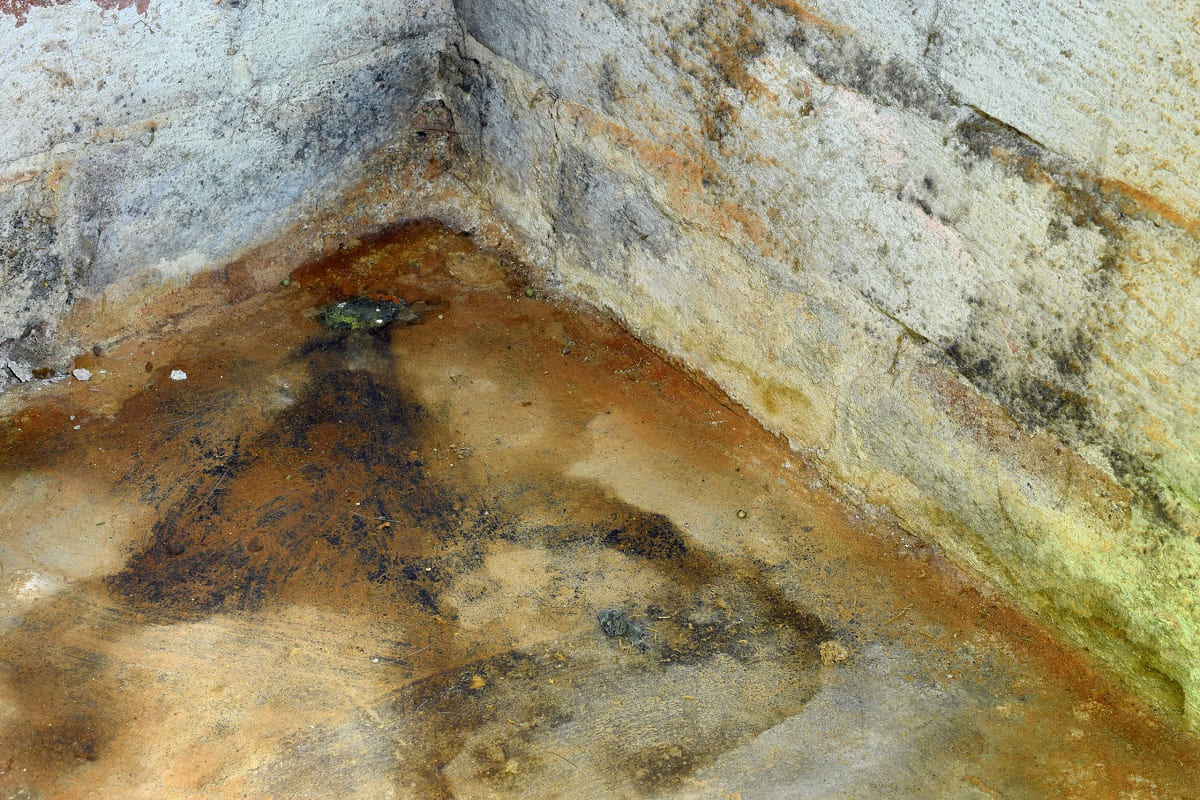
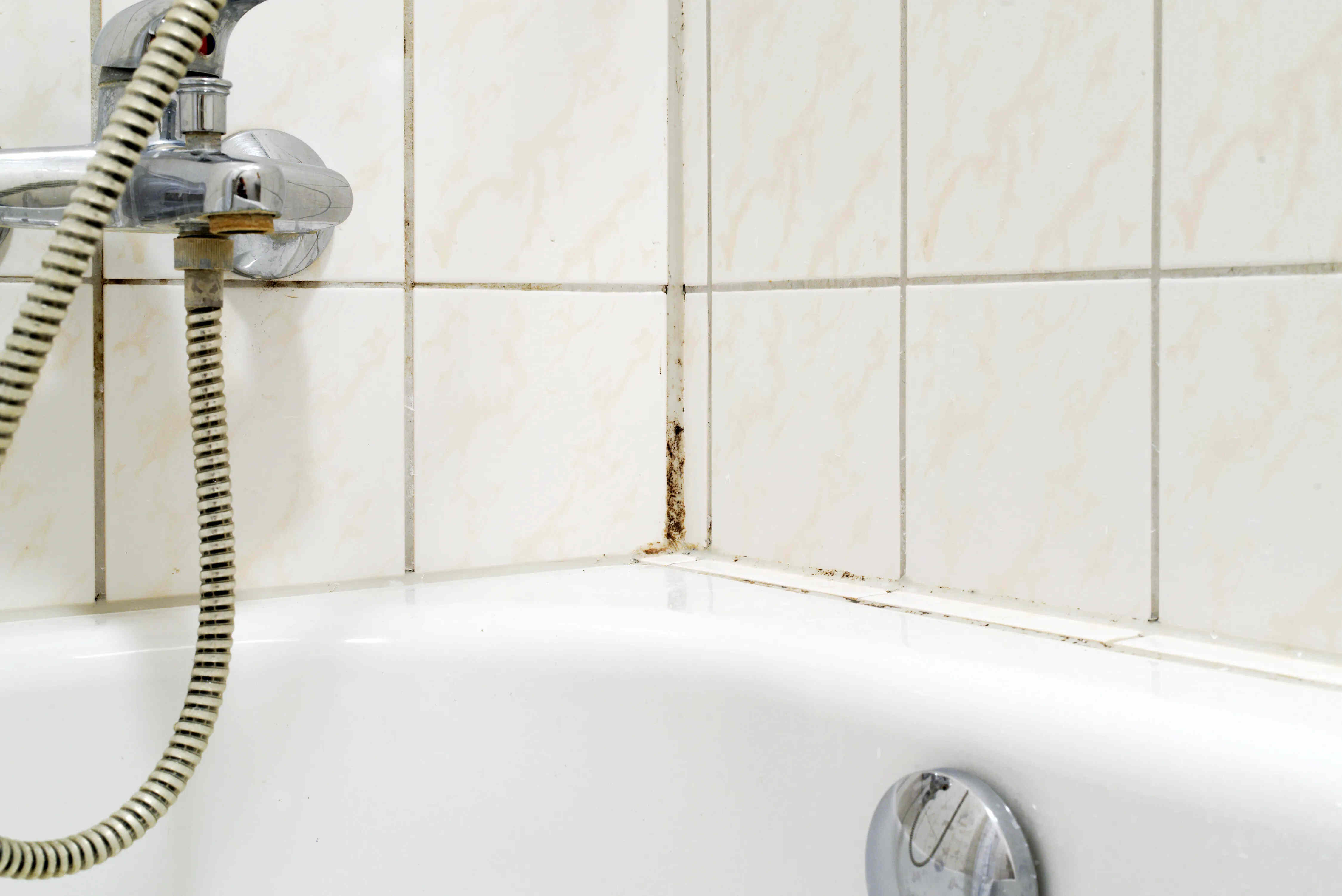
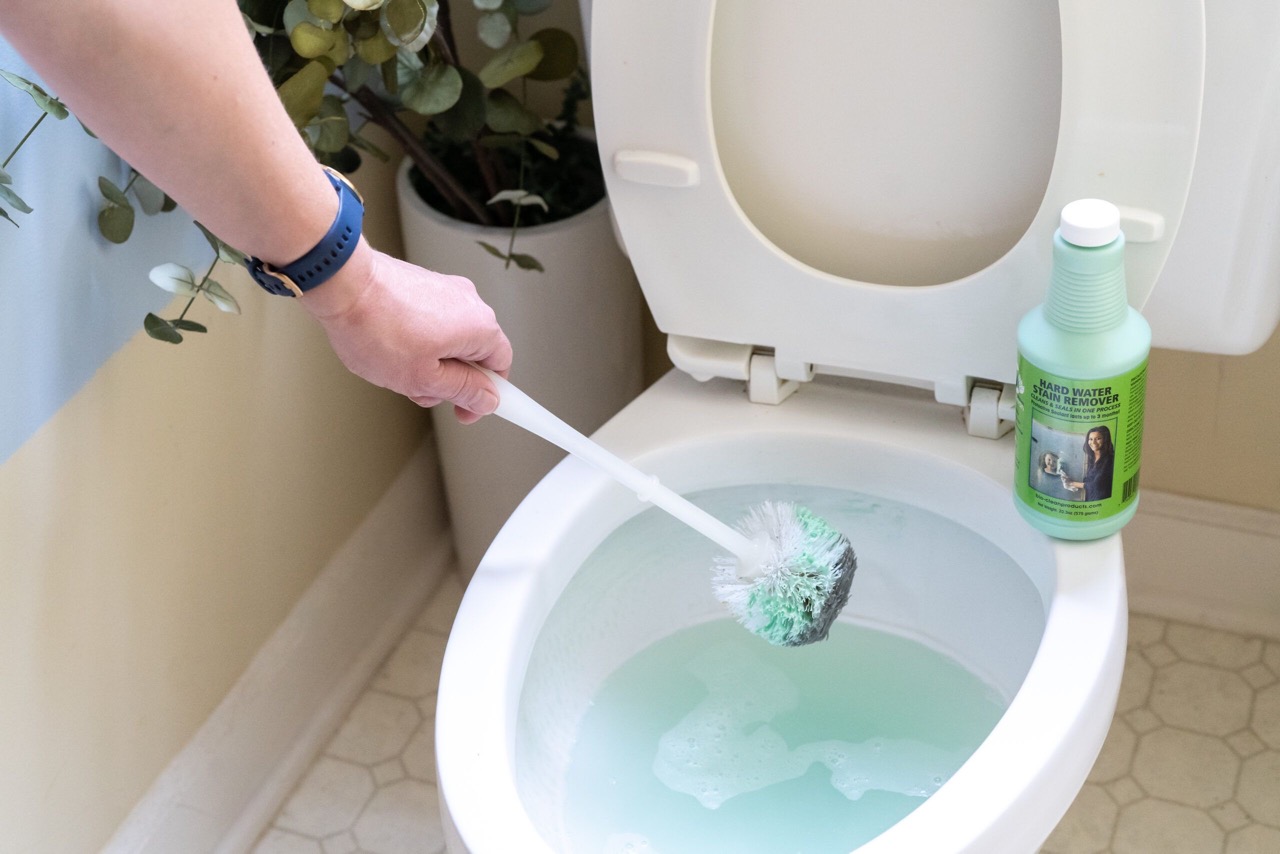
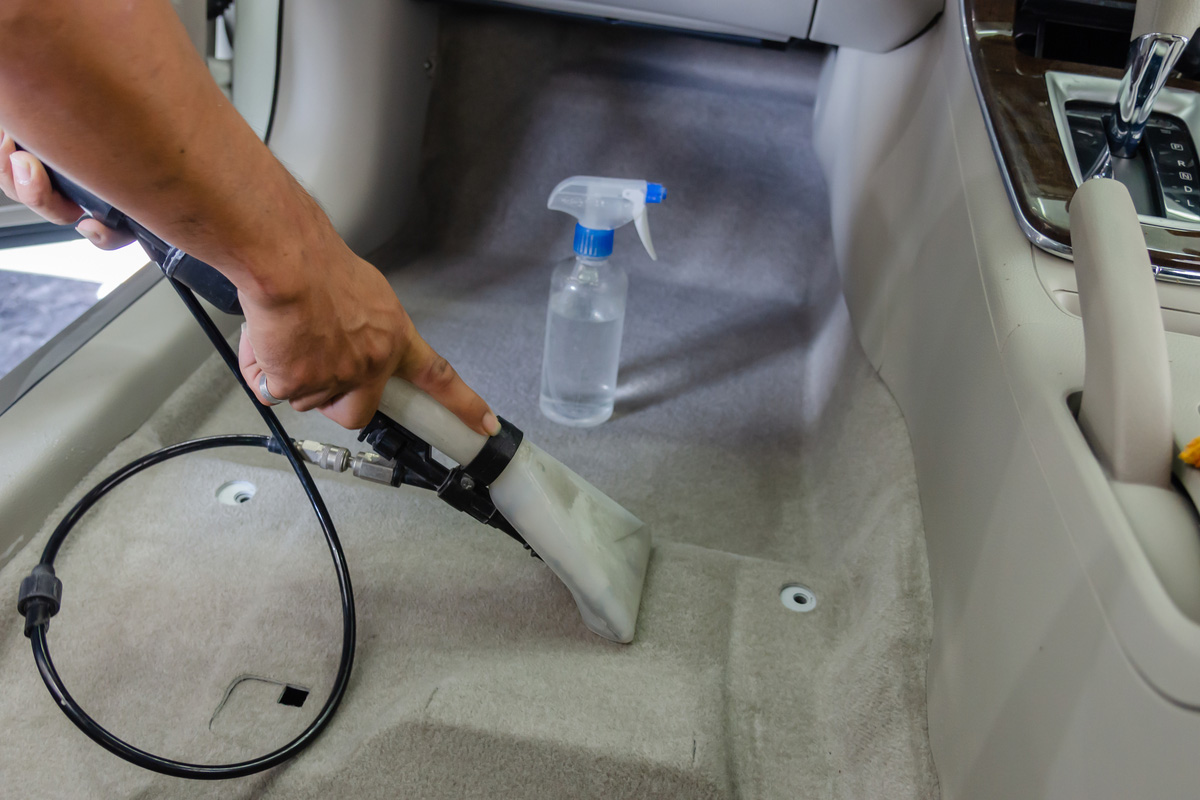
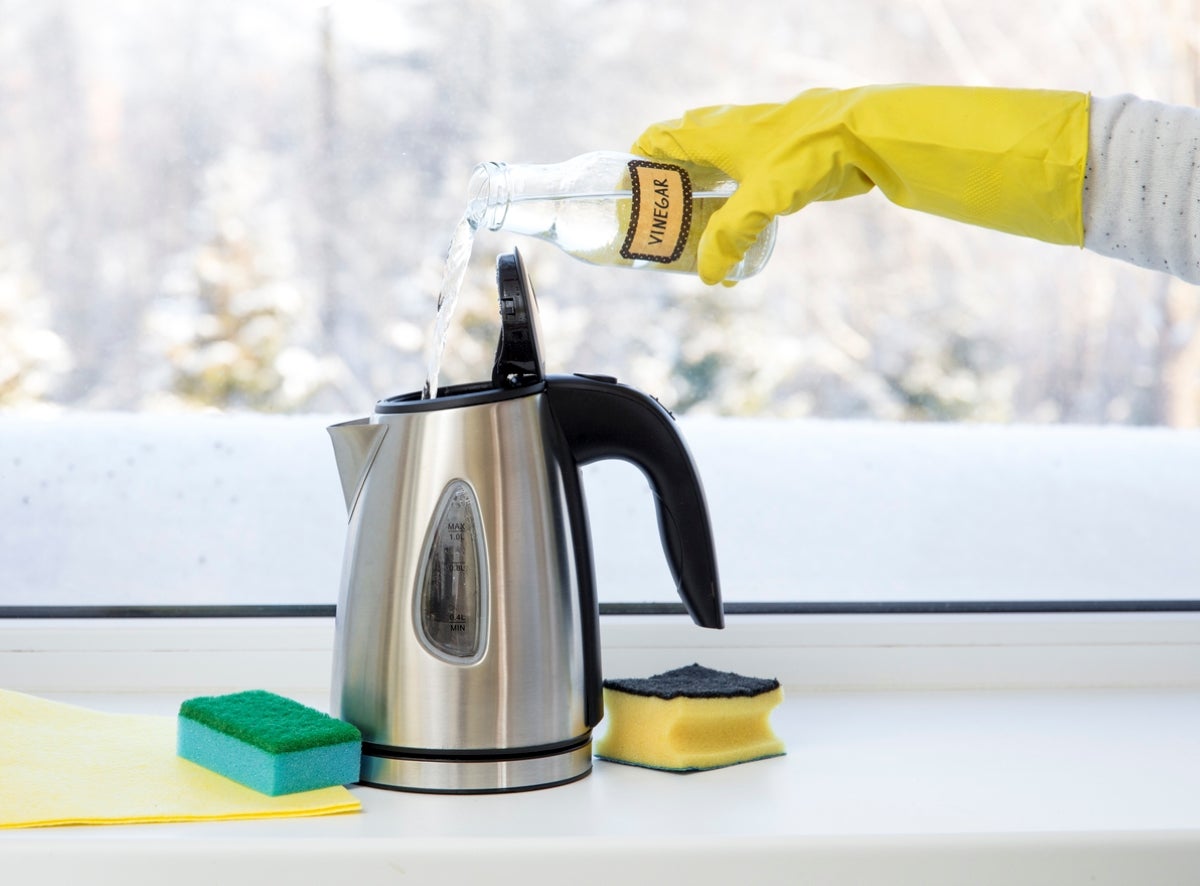
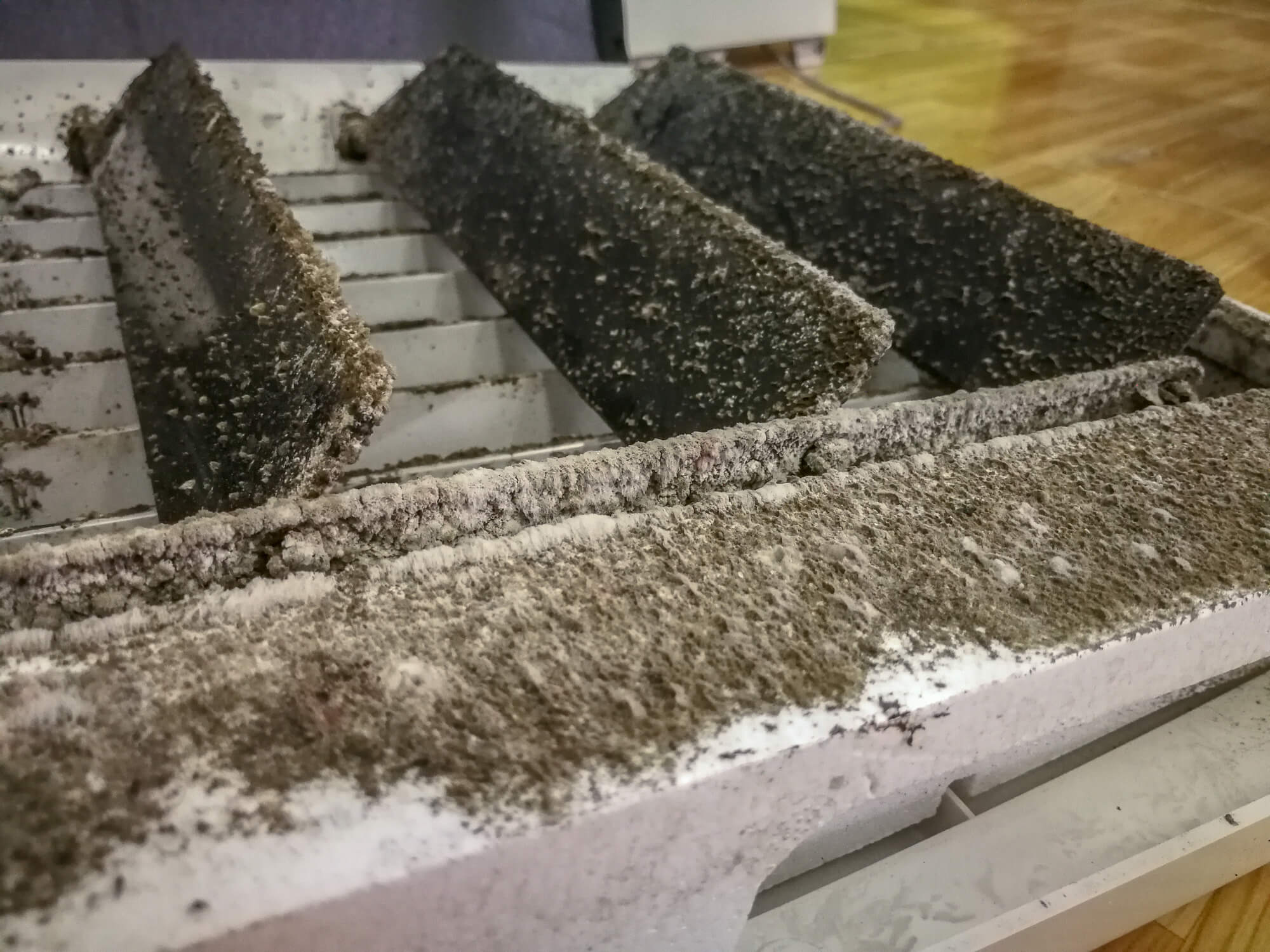
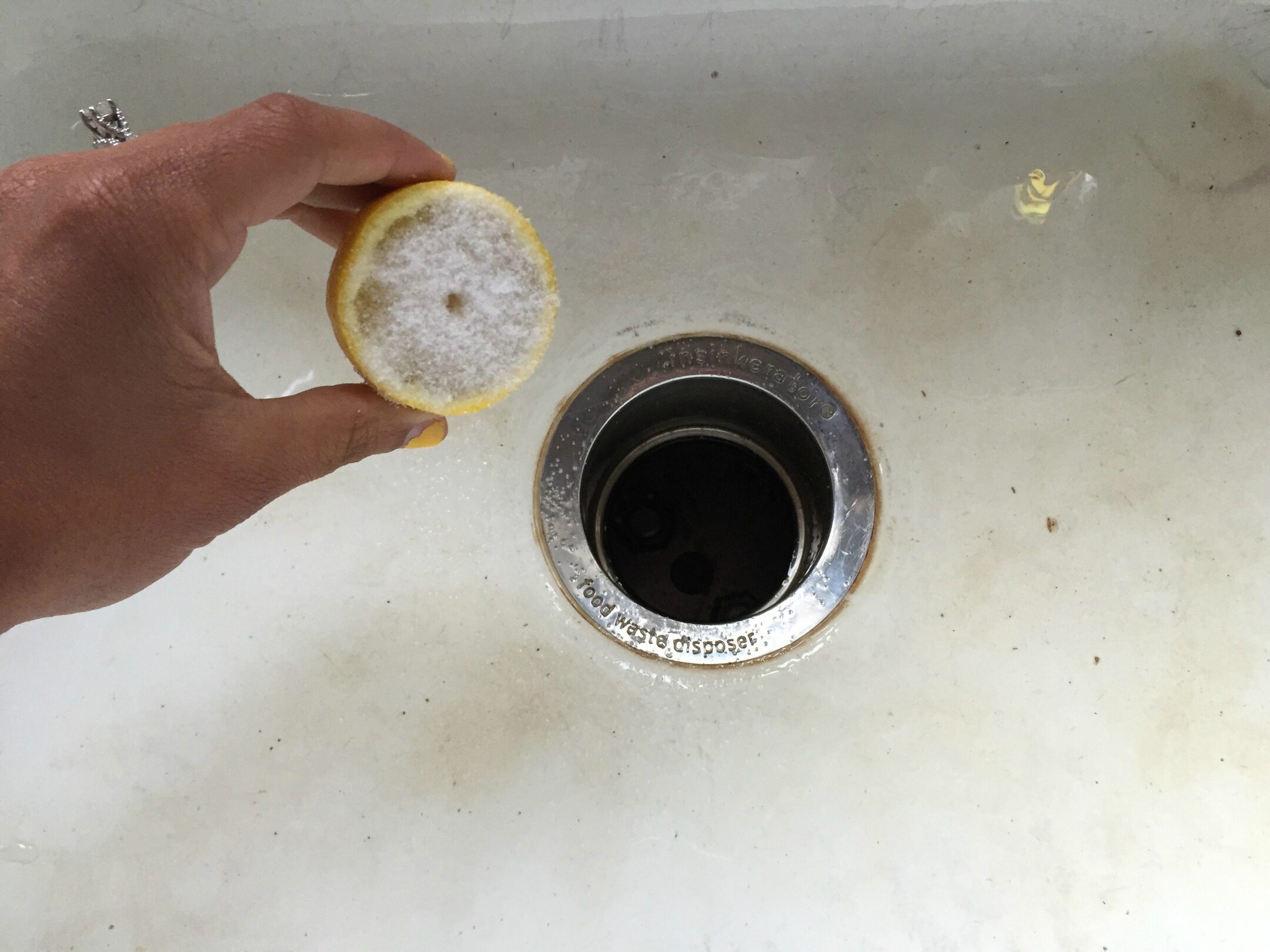


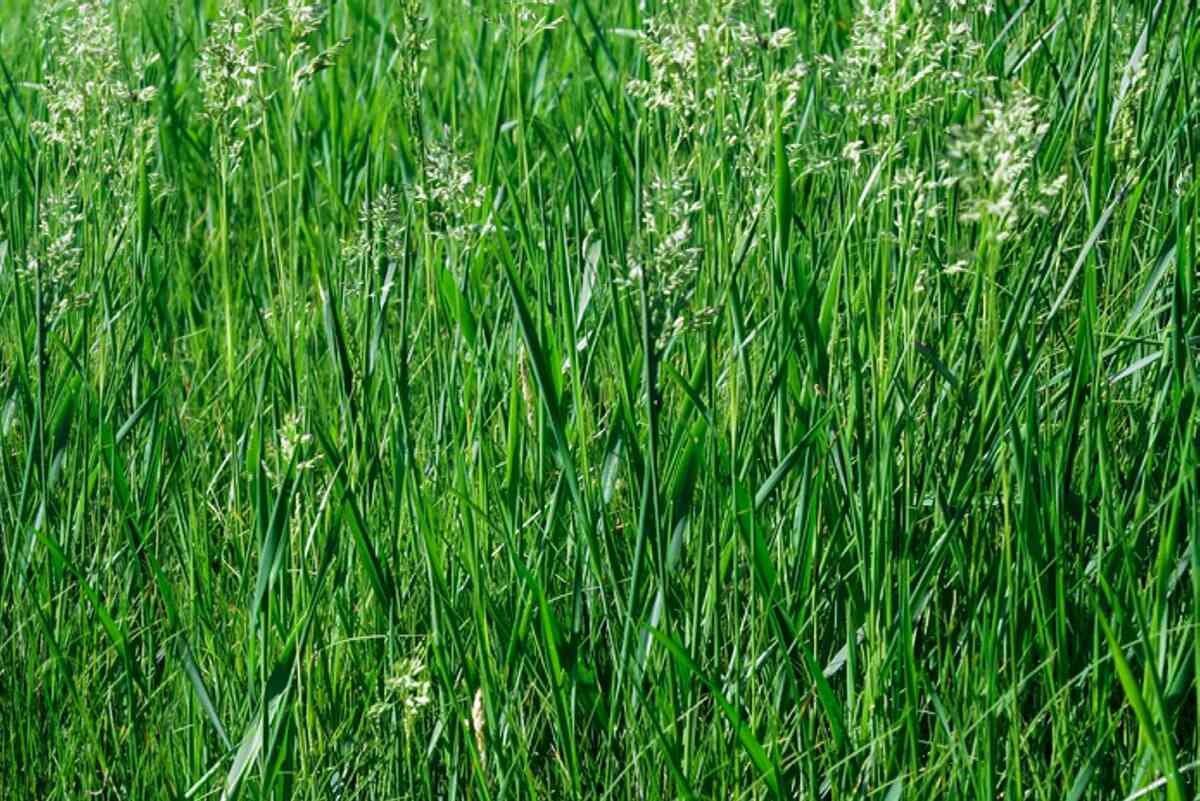
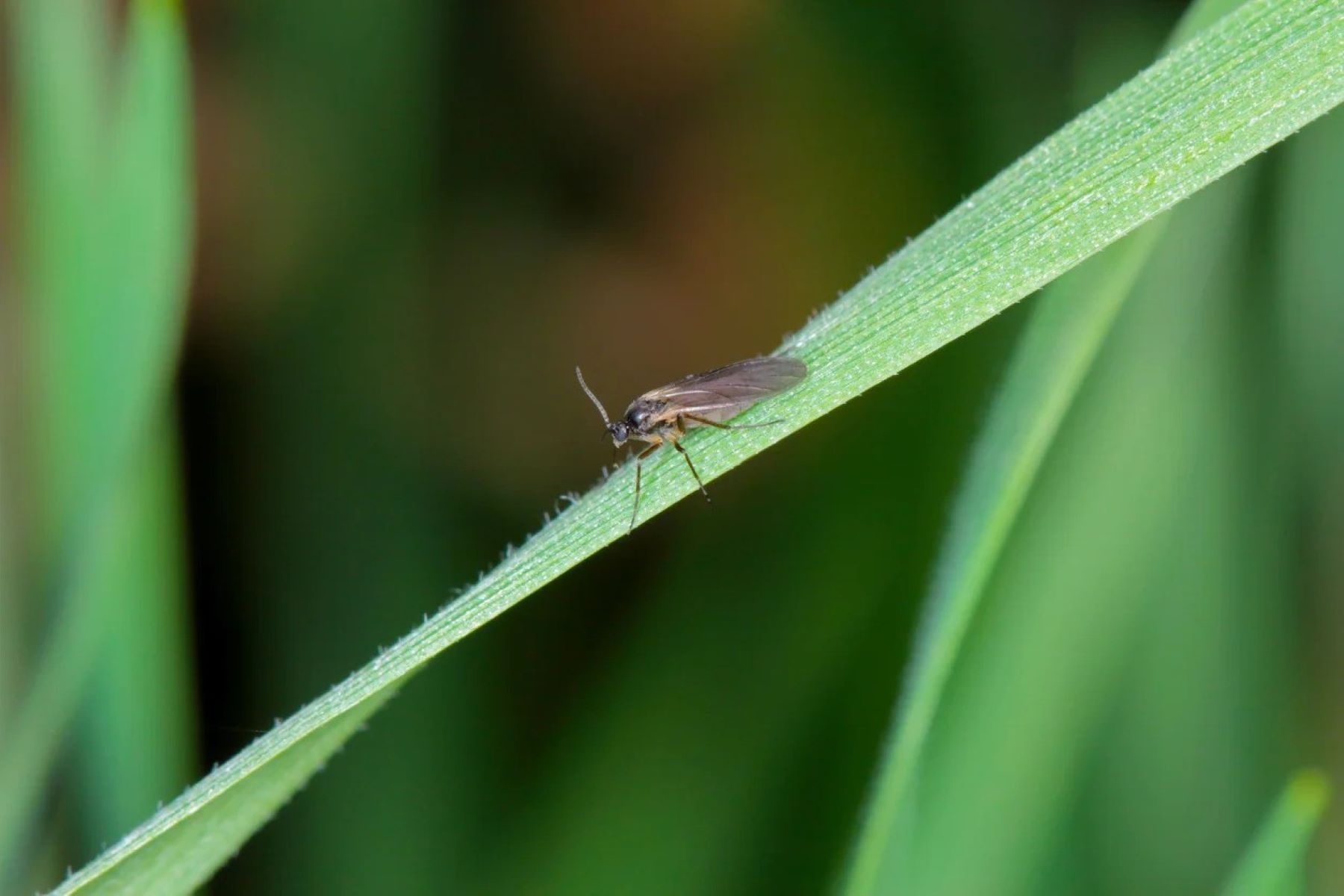
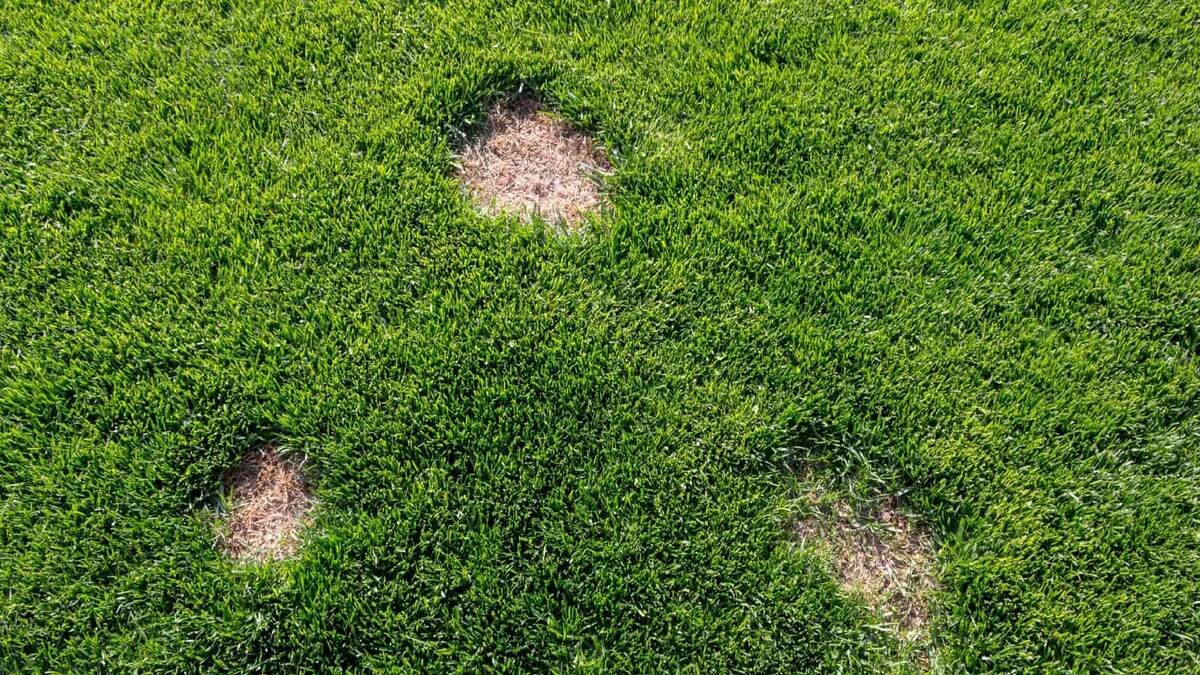
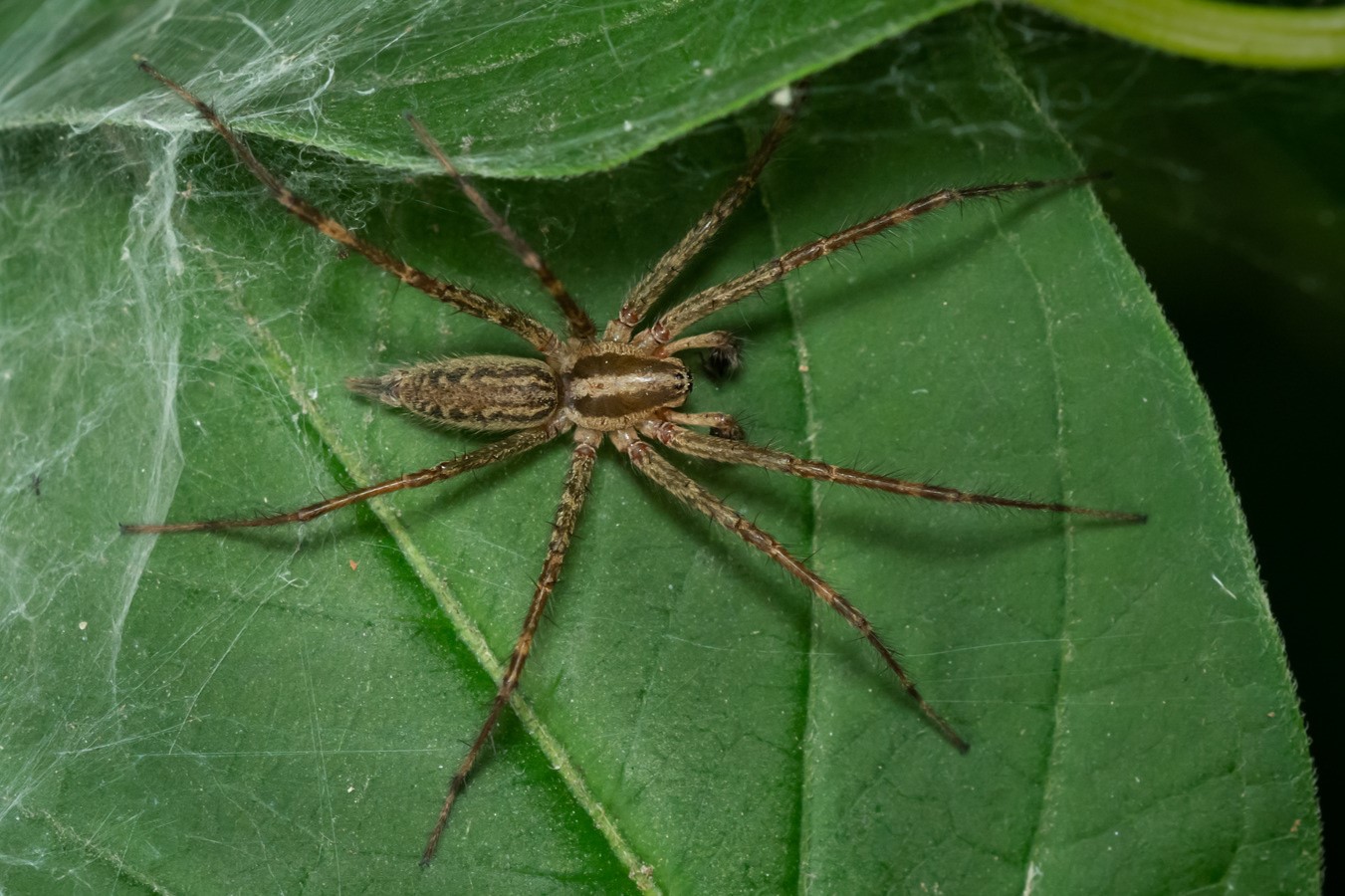
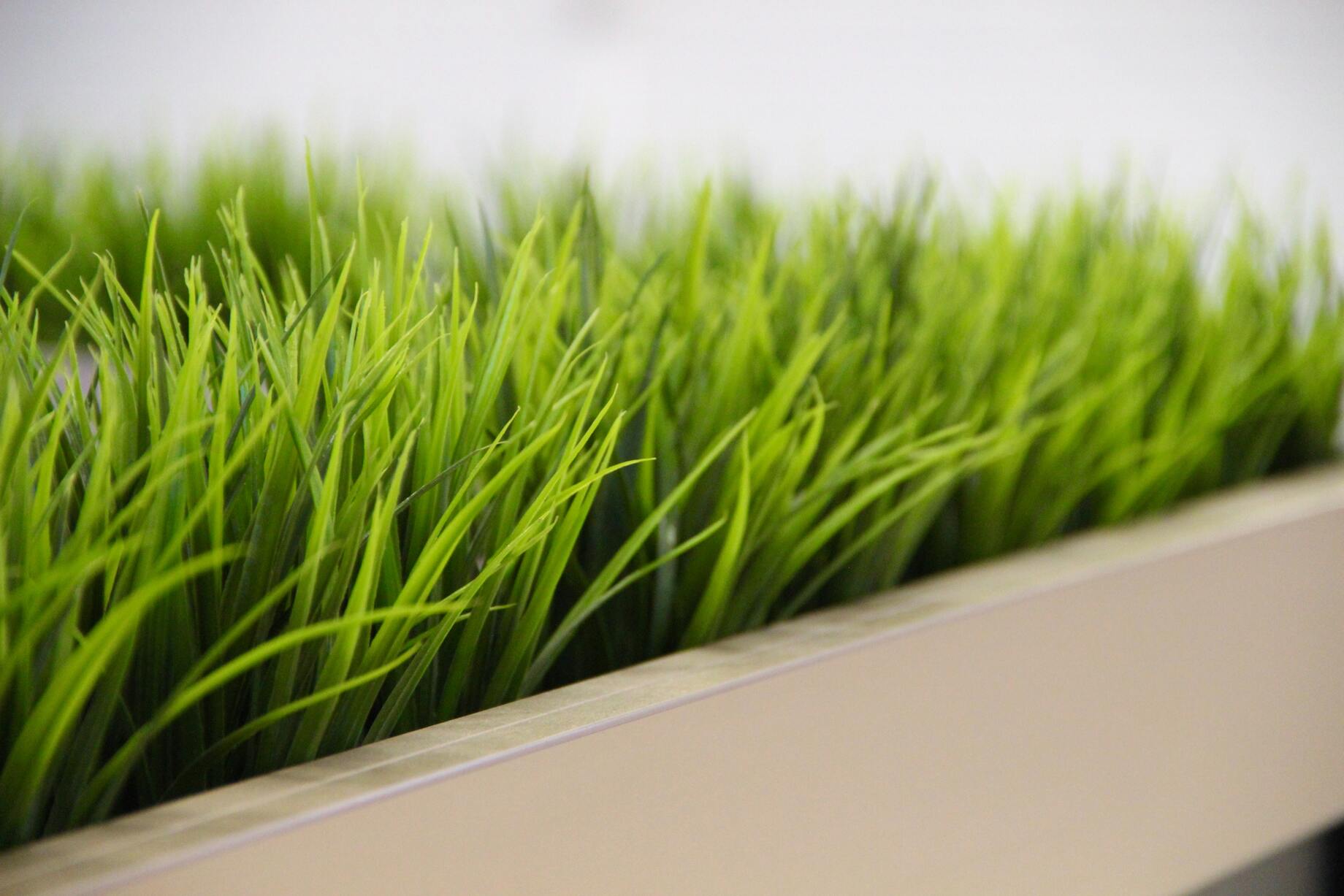

0 thoughts on “How To Get Rid Of Mold On Grass”